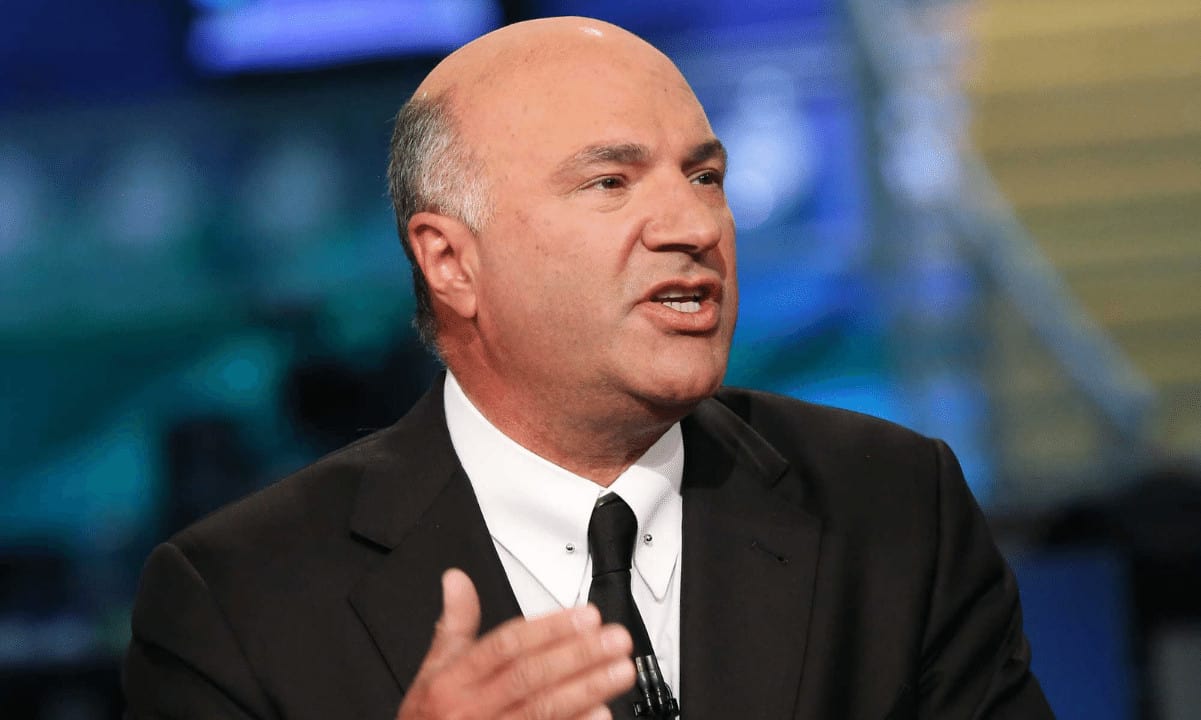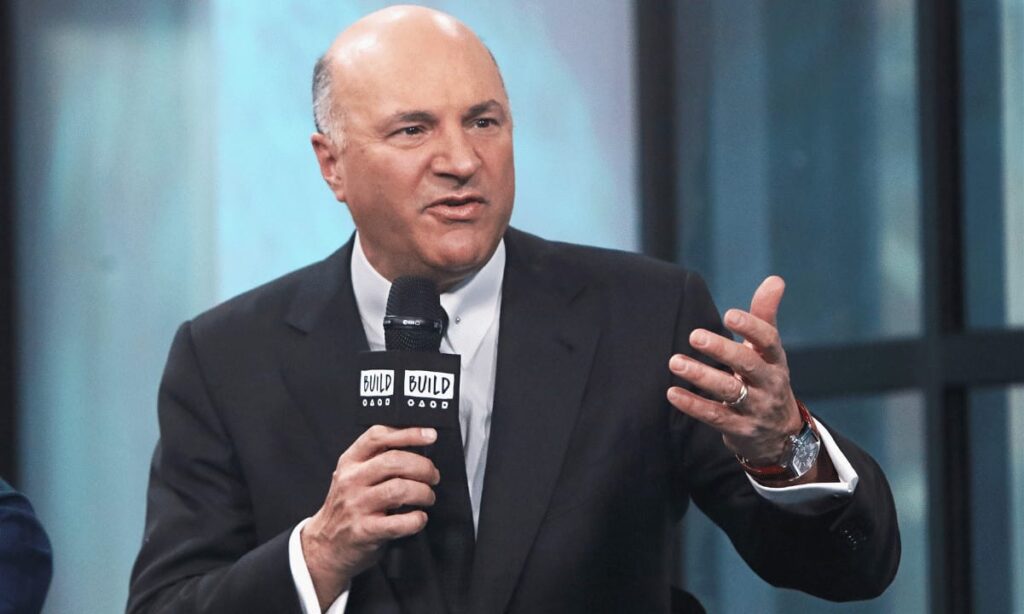
The prominent TV personality – Kevin O’Leary – said he would not invest in cryptocurrencies before consulting with regulators first. To him, the space lacks clarity, and watchdogs are the ones to say “what is possible and what isn’t.”
The famous investor added that he was interested in the following blockchain projects: Solana (SOL), Polygon (MATIC) and Hedera (HBAR), hinting that they could “win in the long run”.
Not Like a ‘Crypto Cowboy’
Kevin O’Leary – also known as Mr. Wonderful as one of the hosts of the TV show Shark Tank – has had a hot and cold relationship with cryptocurrencies over the past years. In 2019, he had a predominantly negative stance on the industry and called bitcoin “worthless.” He went even further by labeling it as “garbage because you can’t get in and out of it in large amounts.”
However, in early 2021, he started to soften his point of view and said he was not against the mainstream cryptocurrency and respected it. Soon after, he announced his entry by allocating 3% of his portfolio to BTC.
During a recent interview for CNBC, O’Leary revealed he would invest in digital currencies once again only after discussing the matter with regulators. They can outline “what is possible and what isn’t” in the space and “that’s where the real capital is.” Otherwise, O’Leary would seem like a “crypto cowboy,” and people would look down on him:
“I have no interest in being a crypto cowboy and making someone unhappy with me because… I have so many real world assets that I have already invested in that I have to be compliant. “
The Canadian said he doesn’t see cryptocurrencies “in the same way that other people do.” To him, they are a “software development.” As such, he wanted to make sure which of the digital asset projects would “win long term” so he can invest in them, describing Solana (SOL), Polygon (MATIC), and Hedera (HBAR) as such examples:
“I have to invest in all of these projects, not just one of them, because I don’t know who will be the winner. “

Supporter of USDC
O’Leary also touched upon stablecoins and their merits. He revealed that the Russian digital ruble and the Chinese digital yuan are not attractive financial tools to him since he doesn’t know enough about the blockchain developments in those countries or how they monitor money ownership.
Instead, he backed USDC – Circle’s stablecoin pegged to the US dollar. The businessman admitted that this could seem “counter-intuitive” since the current rise in inflation is reducing the purchasing power of the greenback. Nonetheless, he said, buying USDC could generate a potential return of 6%.
Sitting on a “large amount of cash” that loses its power because of the financial crisis, O’Leary hinted he would invest up to 5% of that amount in USDC.


















